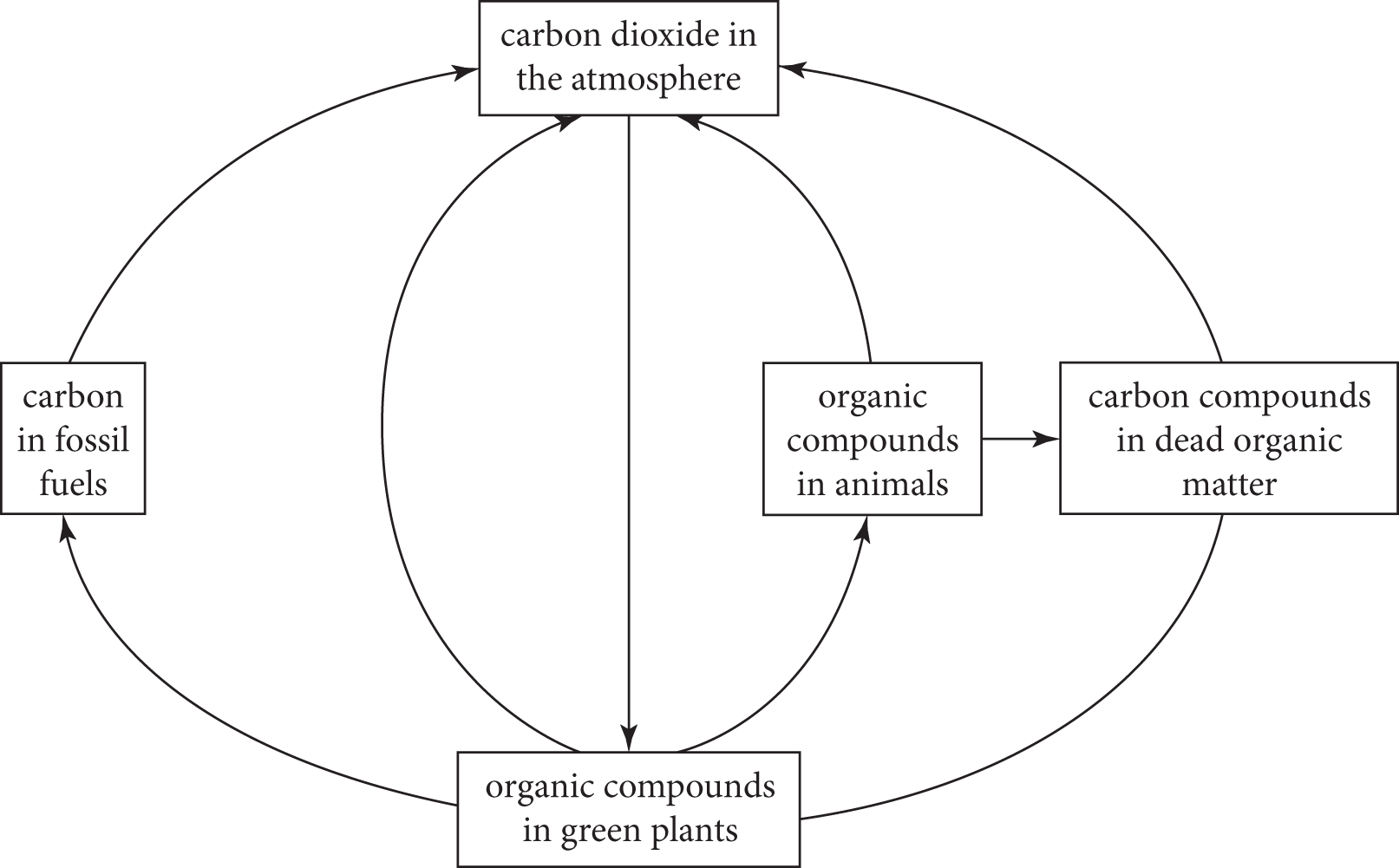
The nitrogen cycle, the carbon cycle, and photosynthesis are three processes with direct and strong influences on the function of life on Earth, and all three cycles involve microbial organisms. It is important to understand the basics of each of these cycles in terms of their impact on microbiology, but note that general ecology, comparative anatomy and physiology, and plant biology are no longer tested on the PCAT, so be sure to study the following ideas only in the context of microbial ecology.
Bacteria fix free atmospheric nitrogen gas into nitrates and nitrites usable by plants to make proteins. As these plants (and the animals that eat them and one another) produce waste and decompose, ammonia and ammonium ions are released into the environment. Bacteria then break the ammonia back down into nitrite and nitrate, which can replenish stores in plants or be converted to atmospheric nitrogen. This process forms the core of the nitrogen cycle as nitrogen is repeatedly used and recycled.

Microbes contribute to the transfer of carbon molecules through the carbon cycle via fermentation, catabolism, and anabolism. The carbon cycle itself involves the transfer of carbon and carbon-containing compounds between plants, animals, the atmosphere, and other environmental components.

Cells containing chlorophyll (often plant cells but also some bacterial cells) are capable of undergoing photosynthesis. In this reaction sunlight, carbon dioxide, and water are utilized to produce sugars, which serve as an energy source for the cell. Organisms that produce their own energy in this way are called autotrophs. Autotrophs are eaten by heterotrophs (organisms that cannot fix carbon) and serve as the base of the food chain.